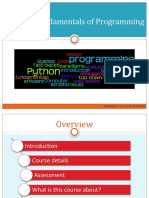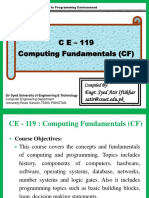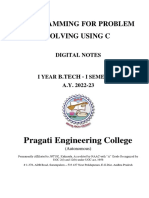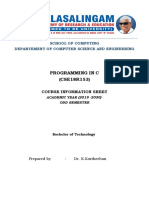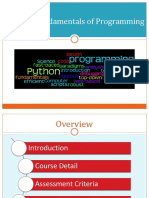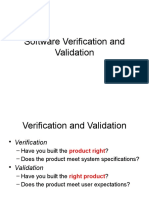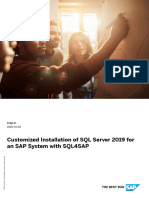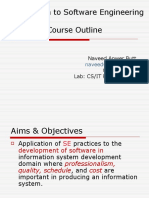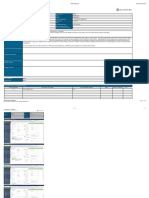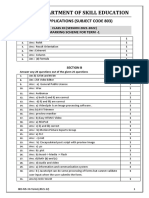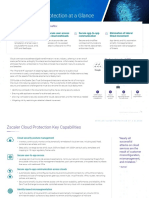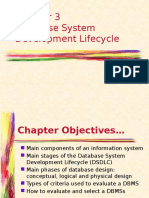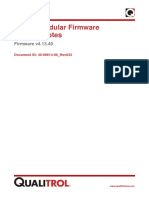0% found this document useful (0 votes)
72 views71 pagesCS114 - Fundamentals of Programming
Here is a more complex problem:
You are developing an ATM machine program. The program should:
1. Ask the user to insert their debit card and enter their PIN.
2. Display a menu with options to check balance, withdraw cash, deposit cash, and exit.
3. Validate the user's selection and process the requested transaction. This may involve checking balances, dispensing cash, recording deposits, and updating balances.
4. Provide receipts for the transactions and allow the user to perform multiple transactions in one session before exiting.
5. Include appropriate error handling and messages if invalid selections or data are entered.
How would you go about solving this problem?
Uploaded by
Abdullah RiasatCopyright
© © All Rights Reserved
We take content rights seriously. If you suspect this is your content, claim it here.
Available Formats
Download as PDF, TXT or read online on Scribd
0% found this document useful (0 votes)
72 views71 pagesCS114 - Fundamentals of Programming
Here is a more complex problem:
You are developing an ATM machine program. The program should:
1. Ask the user to insert their debit card and enter their PIN.
2. Display a menu with options to check balance, withdraw cash, deposit cash, and exit.
3. Validate the user's selection and process the requested transaction. This may involve checking balances, dispensing cash, recording deposits, and updating balances.
4. Provide receipts for the transactions and allow the user to perform multiple transactions in one session before exiting.
5. Include appropriate error handling and messages if invalid selections or data are entered.
How would you go about solving this problem?
Uploaded by
Abdullah RiasatCopyright
© © All Rights Reserved
We take content rights seriously. If you suspect this is your content, claim it here.
Available Formats
Download as PDF, TXT or read online on Scribd
/ 71
